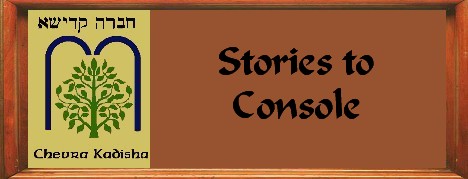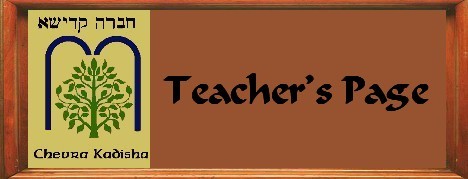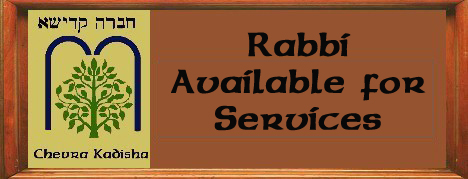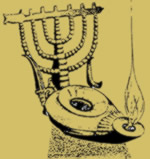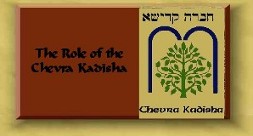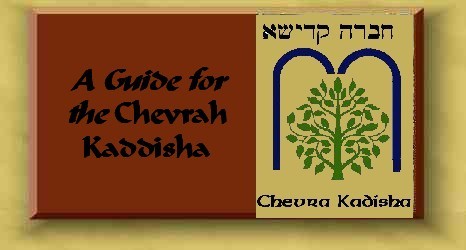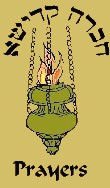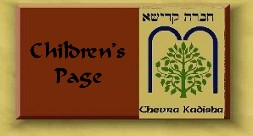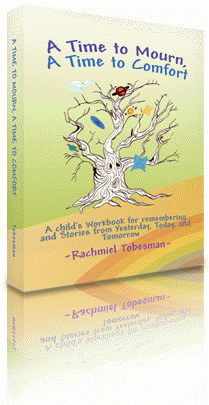
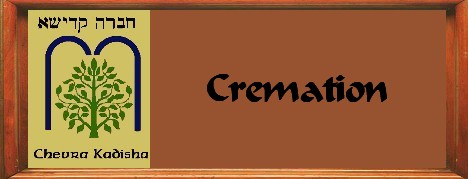
|
 |
|
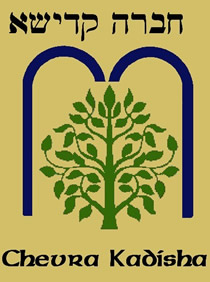 A Jewish Way for Everything — Even Death
The Jewish way of dealing with death is one part of the Jewish lifecycle in which all people are viewed with dignity and respect. Even after death, the body, which once held a holy human life, retains its sanctity. Our sages have compared the sacredness of the deceased to that of a damaged Torah scroll, which although no longer usable, still retains its holiness. For that reason, the greatest consideration and respect is given to the dead according to Jewish tradition.Jewish law and tradition surrounding funeral and mourning practices are filled with religious significance. Jewish funerals avoid ostentation; family and visitors reflect in dress and deportment the solemnity of the occasion; flowers and music are inappropriate; embalming and viewing are avoided; and interment takes place as soon as possible after death.Funeral customs are traditionally supervised in Jewish communities by a chevra kadisha, a Holy Society, made up of volunteers to aid the bereaved and to ensure that appropriate practices are followed. Assisting in funeral and burial preparations is a highly-valued mitzvah. It is a chesed shel emes, a true act of kindness performed without ulterior motive, for the dead cannot repay this service.When a member of a community dies, it is the community’s responsibility to lovingly assist the deceased’s family in this final act of respect. A traditional funeral includes shmira, taharah, tachrichim, a closed wooden coffin, and a Jewish service without flowers and instrumental music.The Chevra Kadisha — made up of men and women from the synagogue or greater community — is prepared to assist and advise concerning traditional practices and requirements.
|
||
We learn in the Mishnah (Berachos 54a) that a person has an obligation to recite a blessing upon experiencing something bad just as he or she is obligated to recite a blessing for good. The proof text adduced in support of this ruling is from the beginning of the Shema, where the Torah commands us to love God with all our heart, all our soul and "be-chol me'odecha,"(our might) the last word of which can be viewed as "middah" or measure. In other words, as the Mishnah spells out, "whatever measure (middah) He gives out to you, give thanks to Him," whether it be good or bad.Click the Ner Tamid below for prayers for the Chevra Kaddisha and mourners |
||
|
There is no greater desecration of a Jewish neshama (soul) than cremation, and there is no greater mitzvah than a kosher burial. The cry “Never Again” is heard about the Holocaust where the Nazis (may their name be blotted out) tried to destroy the Jewish body and soul, and today some Jewish people want to be cremated voluntarily?
|
||
Six million of our people were denied proper burial, most of them cremated. Should we willfully continue that which our enemies began? |
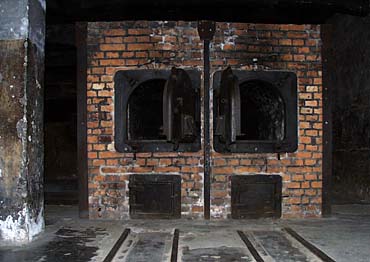
|
|
Jewish law ("Halachah") is clear that the dead must be buried in the earth for a number of reasons. Click here to learn about Cremation and Jewish Law
When a loved one dies, children are often unprepared and confused. Adding to a child's shock and confusion at the death of a loved one is the unavailability of other members of the family, who may be so overtaken by grief that they are not able to deal with the everyday responsibilities of taking care of the children.Parents should be aware of normal childhood responses to a death in the family, as well as signs when a child is having difficulty coping with grief. Allowing the child to express their feelings is an important aspect of the grieving process. The natural curiosity of a child can be a valuable tool in helping them through the different stages of grief. By helping a child to discover, collect and recall is a good way of honoring or remembering the person in some way, such as saying a prayer, making a paper chain of support, reviewing photographs, or telling stories may be helpful. Children should be allowed to express feelings about their loss and grief in their own way.Click the Children's Page button for exciting resources for children
A Time to Mourn, A Time to ComfortNew book for Jewish children provides activities, stories and explanations that would help them understand one of life’s depressing stagesCoping up with the death of a loved one is hard enough, but dealing with it as a child is even harder. Guide your children in getting by such a gloomy moment with Rabbi Rachmiel Tobesman’s new helpful and inspiring book A Time to Mourn, A Time to Comfort: A Child’s Workbook for Remembering and Stories from Yesterday, Today, and Tomorrow.
| ||
Updated 25 November 2013
|
||


